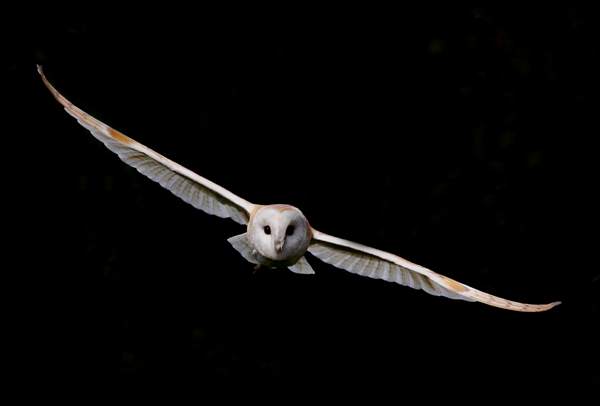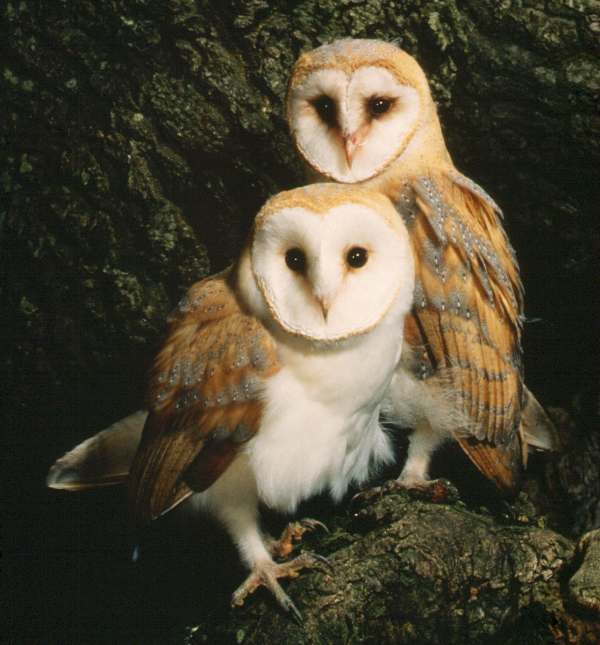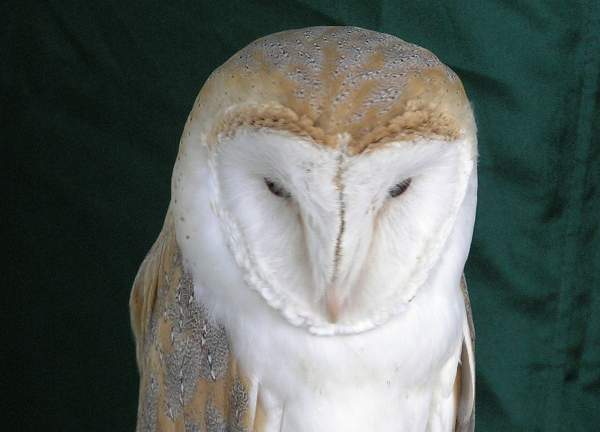Tyto alba - Barn Owl
Phylum: Chordata - Class: Aves - Order: Strigiformes - Family: Tytonidae
Identification - Distribution - Lifecycle - Food - Predators - Reference Sources

The Barn Owl is mainly nocturnal, and so anglers fishing for sea trout at night frequently see these ghostly pale shapes gliding silently across the river. (Barn owls are only white when seen from underneath, of course.) Their screeching cry is unmistakable - if a little unsettling until you get used to it - Screech Owl is one of the many common names given to this iconic bird.

Typically 34cm in length, Barn Owls can have a wingspan up to 90cm. Male and female are similar in appearance, although the female is generally more chubby and somewhat heavier than the male. Despite their large size, Barn Owls are not longlived, and typically they live for about four years although if they can avoid illness and accidents and keep clear of predators they can live a lot longer than that. (The BTO records a Barn Owl having lived in Britain to an age of 14 years.)

Old ruins, barns and church towers are favourite nesting places of Barn Owls. Natural sites can include holes in trees or crevices in cliffs or quarries. Barn Owls do not bother to build a nest. They simply lay their eggs - typically between four and eight of them - on whatever rubble, soil or wood chips line the cavity. (Regurgitated pellets are often found in the same cavity.)
Rats, mice, moles and other small mammals make up the staple diet of Barn Owls, but they will also eat beetles, small birds and occasionally fish.
Acknowledgements
This page includes pictures kindly contributed by Will Bown and Melvin Grey.
Please Help Us: If you have found this information interesting and useful, please consider helping to keep First Nature online by making a small donation towards the web hosting and internet costs.
Any donations over and above the essential running costs will help support the conservation work of Plantlife, the Rivers Trust and charitable botanic gardens - as do author royalties and publisher proceeds from books by Pat and Sue.

